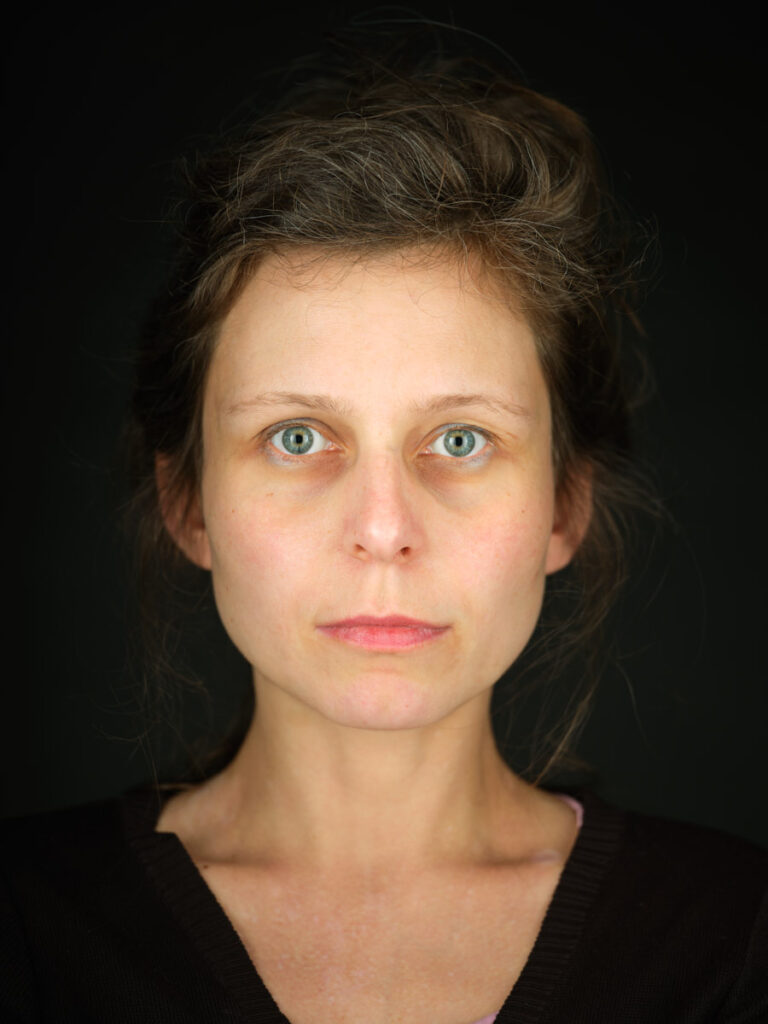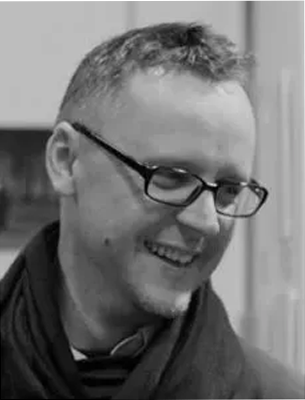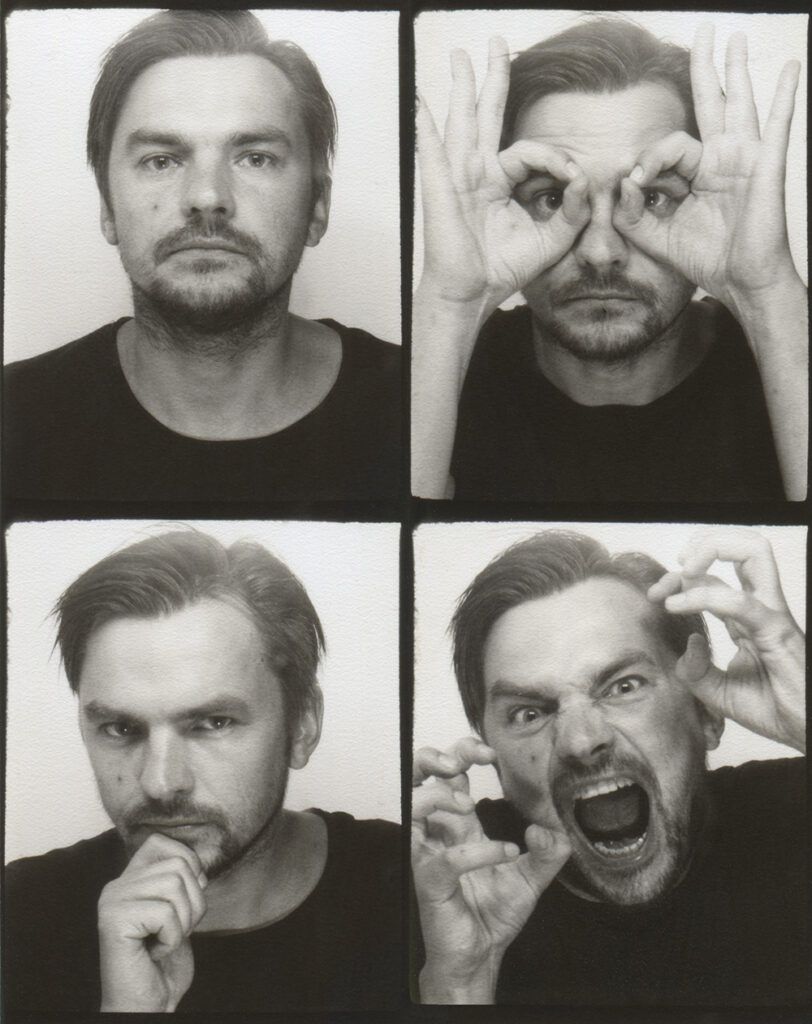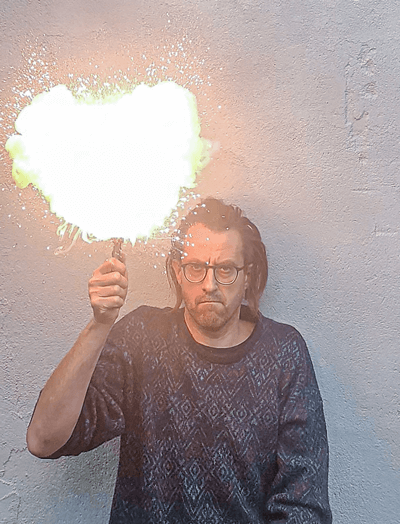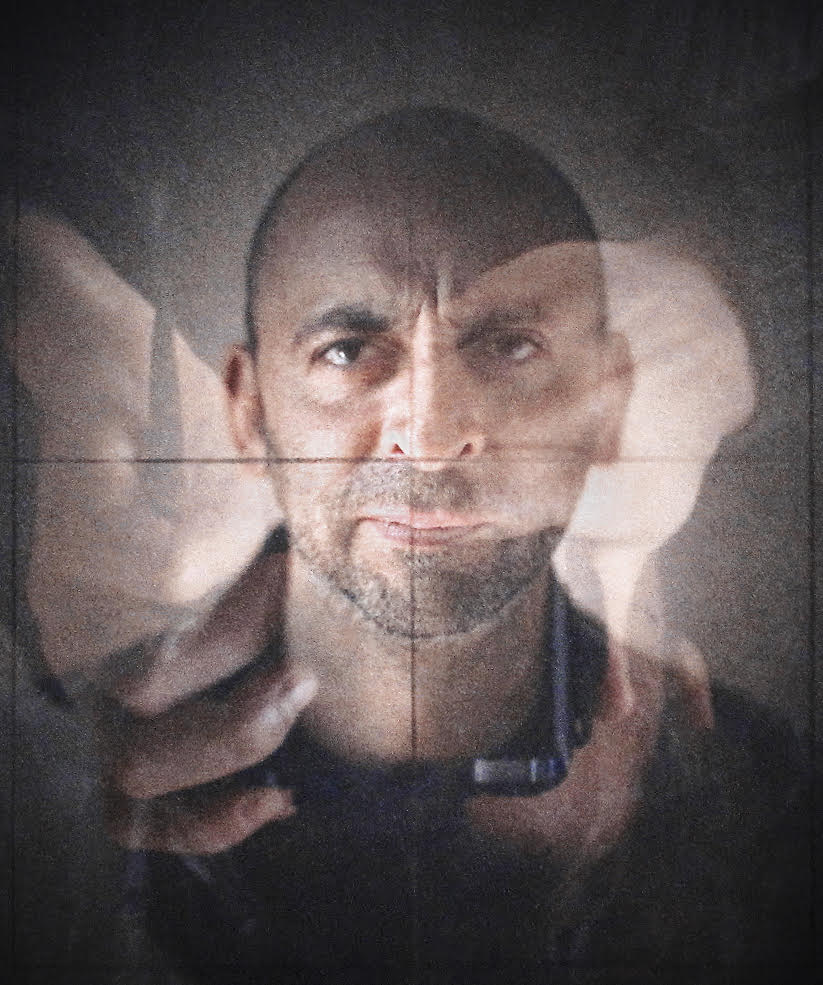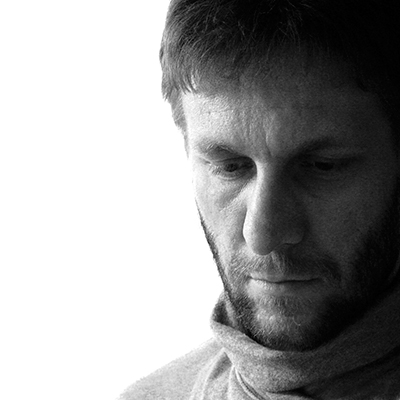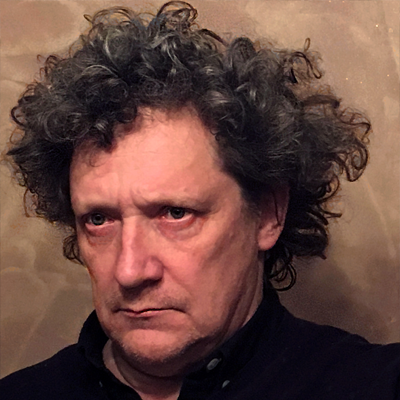Since its inception in 2000, the Solaris project, a proposal in the field of slow photography, has involved the manipulation of images and the undermining of the social contract in defining the photographic medium. Long, anti-flicker shots lasting from a few months to a few years specifically emancipate the most important subject in photography, namely – light, captured in terms of an object.
The solarigraphic method assumes a hybrid process combining the use of analogue light-sensitive materials, conventional cameras and ready-made or DIY constructions, image processing using scanners, digital but raw post-production (limited to parameters such as framing, contrast, brightness) and distribution of the images in art and net-art spaces. Making the Solaris project’s formula available – first on the free.art server, now on many author websites – popularises it among visual artists from all over the world, translating into a diversity of solar drawings. The specificity of solarigraphic images is influenced by a number of factors, the most important of which are: long exposures to light (time), geographical location (location and climate), constructional assumptions made (camera), and social consent to the presence of cameras in public space (culture/society).
Exposure of the paper negatives over several months reveals drawings – called ‘the path of the sun’, ‘solar tracks’ – dependent on the movement of the planet Earth, having the sunlit camera aperture as its ‘stylus’. When the camera is directed against the light, and the process takes at least a few weeks, the photograph makes visible how the Earth moves the image by creating cyclical lines on it. In extreme conditions, exposures take place without a camera, using solarigrams, i.e. in conditions where the matrix is adjacent to the real object, while the object of the image, still remains light.
The images change due to the geographical location of the cameras. Other variables, i.e. seasons, length of days, humidity, affect the materiality of the mechanisms and the condition of the negatives. Strong exposures sometimes directly burn the drawings, while high humidity imposes separate layers adding material qualities to the images of the objects.
The mechanical basis of solarigraphy are pinhole cameras (#pinholecamera) which are contemporary, creative modifications of the camera obscura. Due to the materials or products used to realise the cameras, solarigraphic techniques have a recycled, but also a symbolic or subversive character, as they set out processual co-texts (U. Eco) for the images created.
In the world’s metropolises and large cities, social consent to the presence of cameras monitoring public life is high. However, it is a different thing to process a single image over many months or years with artisanal cameras. Unidentified objects, cans, boxes, photographic papers left in public spaces are often destroyed by passers-by. In this way, the photographs become testimonies of the consent, or lack thereof, to what deviates from the norm in public space. In other cases, the images show views from places where artists’ studios are located or where art mixes with privacy.
Michał Jakubowicz
Thank you for the photos and your patience.
To the eye and without your commentary, it is clear that these are half-yearly sun exposures, more than technically correct. All solariums should have one, at least one solarigraph hanging on the wall:). However, for the person seeking something more than the technicalities of the pinhole process, something more than the delight in the shade and depth of the green, transcending the aesthetic aspects of the images offers a chance to free one’s thoughts from this prison. Any attempt to go beyond the template that exists in solarigraphy (that of the first project) and to seek other ways and apply one’s own solutions to working with the phenomenon of light can become an extremely valuable experience.
Twenty-two years have passed since the first page of the Solaris 2000 Project was made public on the now defunct free.art servers. Solarigraphy and its accompanying ideas (whether adapted literally or misunderstood, including those developed and popularised under the renamed solargraphy – Tarja Trygg) are now operating globally. This effect of transformation and manipulation, as a consequence of the release of the ideas of the Solaris 2000 Project, was considered by its creators. The name solarigraphy was not coined to describe its technical aspects, nor as a mere naming of such images. As we understood it and intended it, it was a kind of artistic practice, a proposal for a shared experience of light sensitivity on a global scale, precisely thanks to the emergence of the Internet at the time. The middle ‘i’ in the name was used to emphasise the completely new possibilities of the web in the art field. The name solarigraphy as a word created in Polish was translated into English around 2003 as solargraphy.
From today’s perspective, it can be considered that the Solaris 2000 Project was not just a kind of introduction, an initiation, an invitation to take a ‘common photograph’, but rather a self-contained, genuinely open-ended phenomenon waiting for its metamorphoses and deformations.
Let’s look at solarigraphy as a potential of possibilities coupled with every decision of the realised project. Solarigraphy understood as the broadening of the experience of photosensitivity, which is an intermediary and not an end in the recognition of the possibilities of art. Photosensitivity is a language of art with the potential to encode views beyond the realms of our visibility.
Sławomir (Slavo) Decyk
